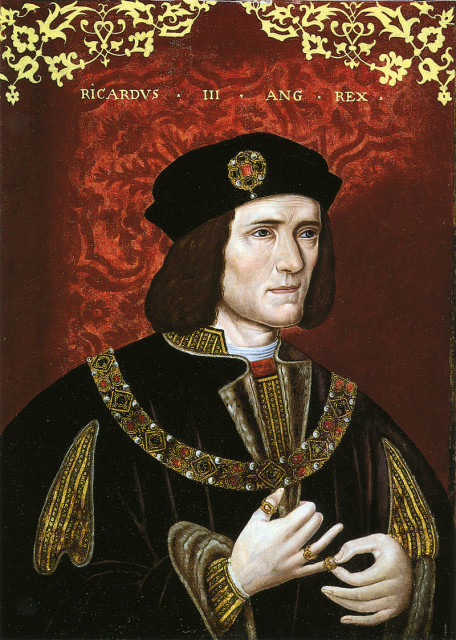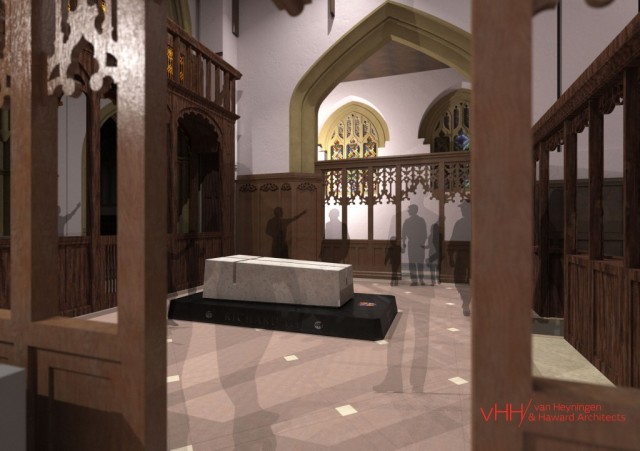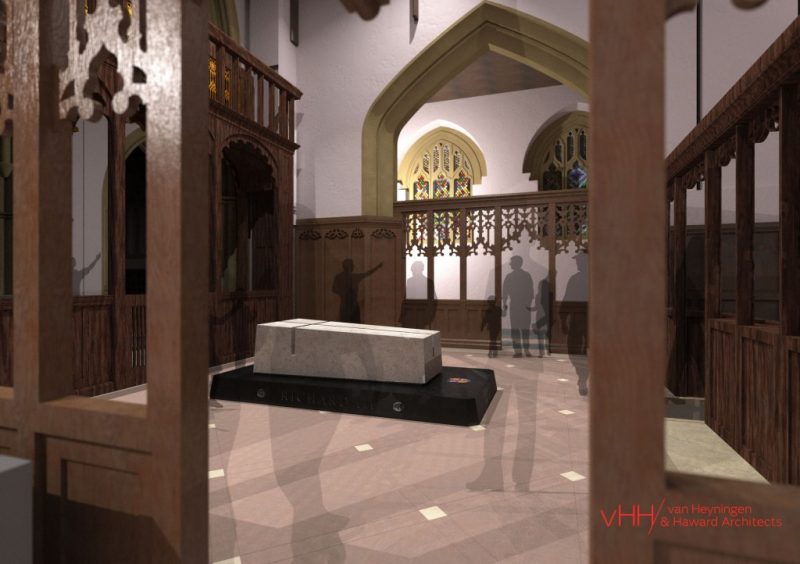The grave of King Richard III was discovered under a parking lot in Leicester in September 2012. He was re-interred at Leicester Cathedral on March 26th in 2015. Now, experts have decided to recreate his skeleton and grave.
Archaeologists from the University of Leicester discovered the ruler’s remains and decided to design a 3D interactive representation of the ruler in his coffin. This will allow people to realize just how little was the reverence with which he was buried.
King Richard III was the last king of England to die in battle. He is considered the last Plantagenet monarch, who died at age 32 in 1485 during the Battle of Bosworth. Now the experts have decided to virtually reincarnate the king. They used photogrammetry, which is a software that turns multiple 2D photographs into a 3D model. The University of Leicester Archaeological Services (ULAS) was able to create a detailed and rotatable image of the king’s body. Then, using 3D sharing platform Sketchfab, users can look into the grave that was built too short for the king. How were they able to tell? His head had been propped up against the walls of the tomb.

The Site Supervisor for ULAS, Mathew Morris, was the first one to discover the remains. He said that the photogrammetry provided a great analytical tool which allowed them to examine the grave from several angles. Doing it any other way would have proven to be quite difficult or even impossible during the excavation. This new process also allows researchers to look into the grave long after it’s been excavated.
Here is a little history about the famous king:
King Richard III was born in Northamptonshire, England on October 2, 1452. He ruled as king for only two years, but his reign is considered one of the most historic. He was believed to have been responsible for several murders, including those of his nephews Edward and Richard, and Henry VI. Shakespeare had even written about him, portraying him as a tyrannical ruler. However, scholars argue that he was a successful leader. They still question the king’s bad reputation and wonder what is true and what is simply myth.
King Richard III was the youngest surviving son of Richard Plantagenet, the 3rd Duke of York, and his wife, Cecily Neville. It is believed that Richard spent his earlier years at Fotheringhay Castle in Northamptonshire. He was a child when his family took part in a battle against the Lancastrians for control of the country. That war came to be known as the War of the Roses. Richard had lost his father, an uncle, and one of his brothers during the December 1460 battle. Another brother, Edward IV, had scored an amazing victory against King Henry VI and his followers the following February.
Edward IV officially took power in March 1461, making the young Richard a prince. He was also given the title Duke of Gloucester. When Richard was old enough, he had assumed the rights and responsibilities of his noble status.

In 1469, the War of the Roses had resumed with Richard’s brother losing power in 1470. King Henry had resumed his reign briefly; Edward IV was back on the throne the next year. Richard’s loyalty to his brother brought him rewards which included lands that once belonged to those who rose up against the king.
Richard was also able to marry Anne Neville, the daughter of the earl of Warwick. He married her to gain her share of wealth. They only had one child together, born in 1476, who they named Edward.
In the early 1480s, Richard had distinguished himself in battle. He had even helped his brother invade Scotland, and he received land in Cumberland and the right to other lands for his part in the war. His role in the battle against Scotland had given him great power.
After King Edward IV died in 1483, his oldest son took power. Edward V was only 12 years old at the time he was given the throne. Richard III had fought for control of the country from his nephew in May 1483. Richard was given the power to be the protector of his nephews. After being given permission to watch over the boys, he locked them up in the Tower of London’s prison. There, the boys are imprisoned for the rest of their days as King Richard III ruled.
